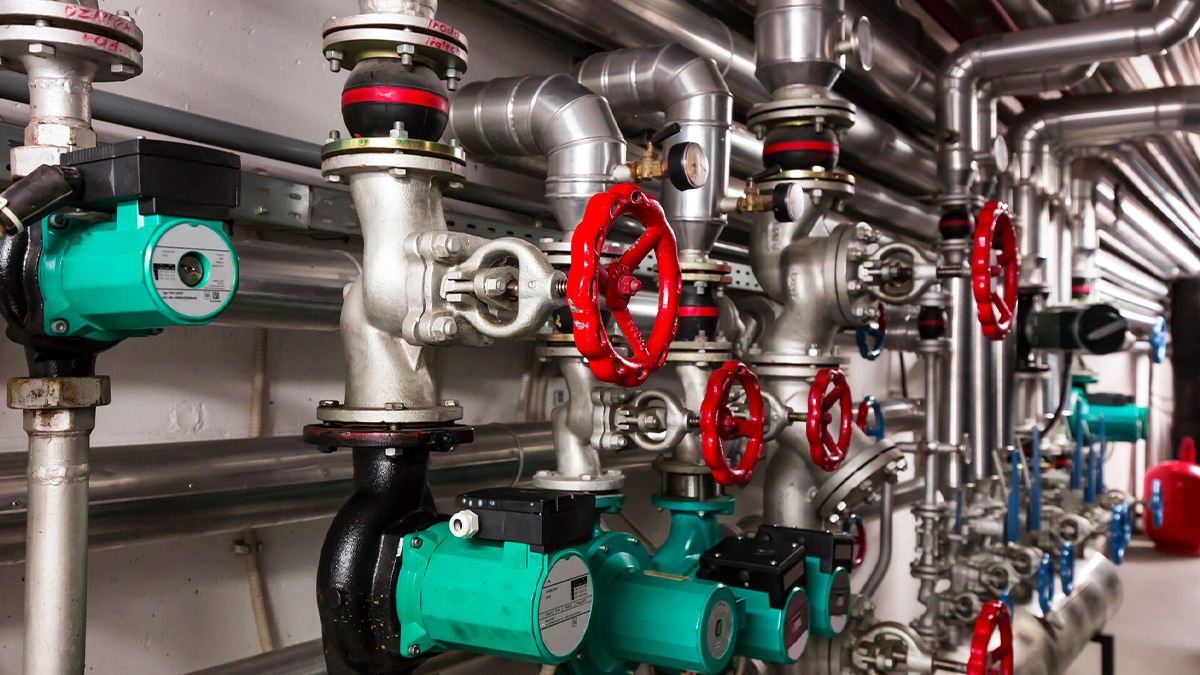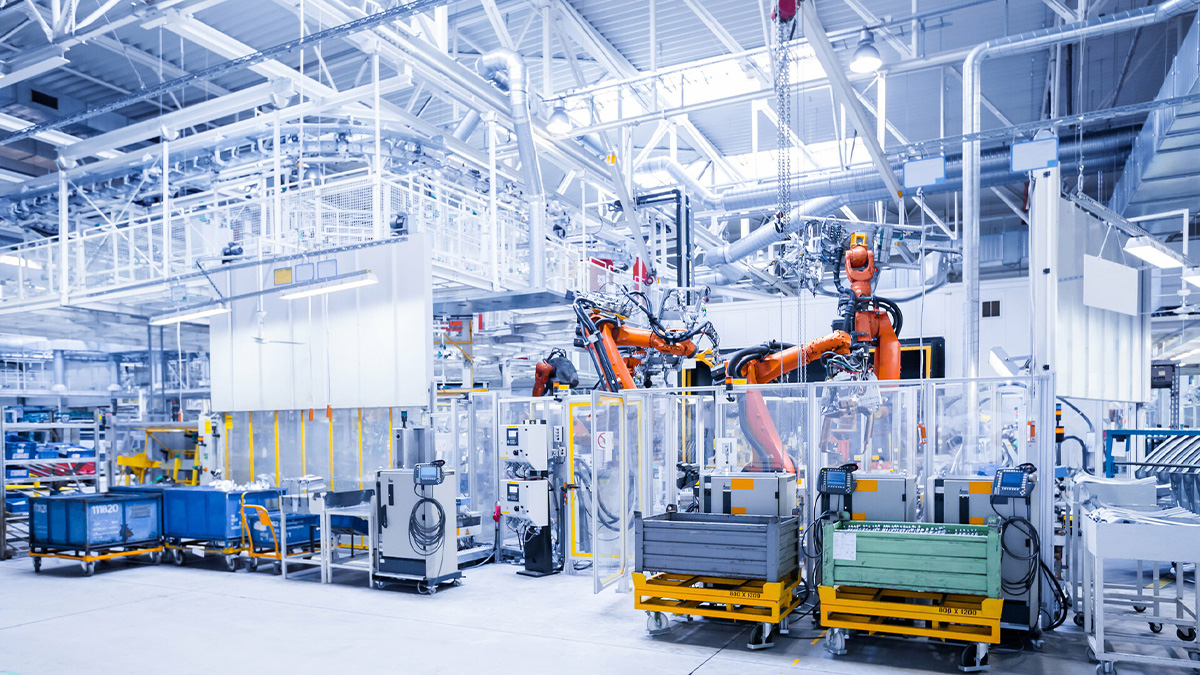- Showing results for
- Manufacturing Management
Each production facility has its maximum theoretical capacity, which must be achieved without any disturbance and quality loss. Of course, it is impossible to achieve completely zero loss or error in actual production. OEE is an independent measurement tool used to express the ratio of actual production capacity relative to theoretical capacity, grouped by key elements of availability, performance, and quality index.
2022-07-04 10:45:54
Both lean and agile manufacturing emphasizes leveraging market knowledge, integrating supply chains, and reducing product lead times.
2022-06-27 10:37:04
Digital manufacturing is a production method in which computer technology creates a product in a desired style or quantity using little or no human involvement. Digital manufacturing uses digital tools to combines and connect all manufacturing processes.
2022-05-20 10:00:34
The term MRO is an acronym that stands for maintenance, repair, and operations. The term is used to describe the operations and activities that are associated with the upkeep of a plant or facility and can include the physical maintenance of the structure or building, the systems that operate within the facility, and the equipment used to produce the plant or facility’s primary business output.
2022-05-16 15:46:17
In manufacturing management information systems, a BOM is often mentioned. A BOM is the "Bill of Materials", also known as the product structure table. The Bill of Materials refers to the list of parts and components required for the product and its processing instructions.
2022-05-12 11:18:38
Supply chain management (SCM) is the management of the flow of goods and services and includes all processes that transform raw materials into final products. It involves the active streamlining of a business's supply-side activities to maximize customer value and gain a competitive advantage in the marketplace.
2022-05-04 17:03:26
Today we are going to learn more about "under one roof" in manufacturing. All disciplines are under one roof, which brings several advantages.
2020-10-28 13:54:54
Lean production emphasizes customer-oriented, waste elimination, and continuous improvement as the core, and obtains the maximum benefit with the least input cost.
2020-06-19 09:25:16
Agree








